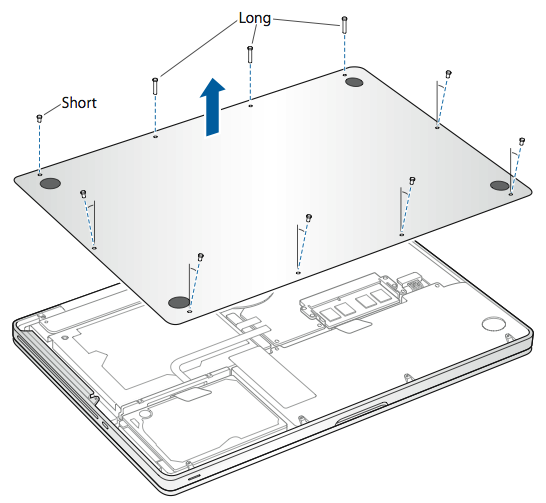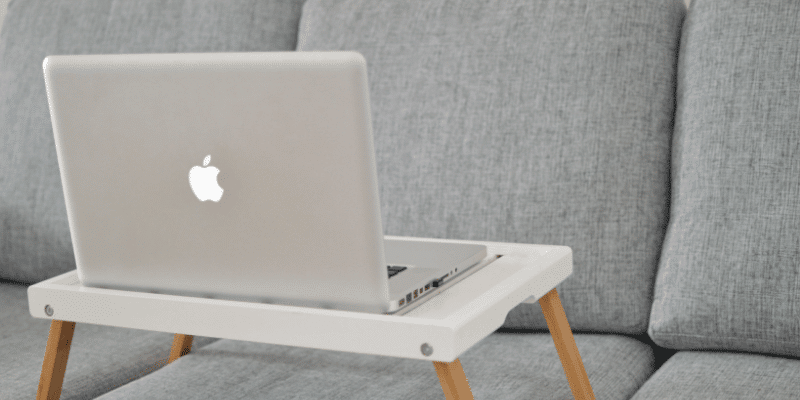
- #MAC PRO MID 2012 MAX HARD DRIVE UPGRADE#
- #MAC PRO MID 2012 MAX HARD DRIVE FREE#
- #MAC PRO MID 2012 MAX HARD DRIVE MAC#
If it is and you're afraid to go it alone, check out ifixit for more guides.

#MAC PRO MID 2012 MAX HARD DRIVE FREE#
NOTE: your computer may be slightly different. Cheap Computer Cables & Connectors, Buy Quality Computer & Office Directly from China Suppliers:821 2049 A HDD Hard Drive Flex Cable for MacBook Pro 13 in A1278 HDD Cable Mid 2012 MD101 MD1 Enjoy Free Shipping Worldwide Limited Time Sale Easy Return. And that's it! Everything unscrewed and removed! Now let's put it back together again.
#MAC PRO MID 2012 MAX HARD DRIVE MAC#
Remove the four posts on the side of the hard drive with the T6 screwdriver. Guide to upgrading / installing a Hard Disk Drive or RAM into an Apple Mac Pro 2011/2012 Computer Related Posts:2012 Macbook Pro 15' A1286 Keyboard Replacement2011 Macbook Pro 13' A1278. Remove those and you'll be able to lift up the hard drive and unplug it.

It's being held in place by 4 more screws. With the panel removed you can see the hard drive. Be sure to place them somewhere safe so they don't roll away into oblivion. Use the #00 screwdriver to remove all the screws on the back. So shut down your laptop and flip it over. But since you've already gotten this far you're probably both inclined to get it done AND have a machine past warranty anyway. Opening up your MacBook Pro opens you to the possibility of messing something up and voiding your warranty so if that bothers you you can just sit tight with what you have. The Apple proprietary PCIe SSD drive has only ever shipped in up to 1TB capacity so obviously that means you can only get and use a 1TB module.Here's your last chance to bail. capacity limits on the Mac Pro that would apply, so if you can find a 2TB or bigger drive it should work.
#MAC PRO MID 2012 MAX HARD DRIVE UPGRADE#
If you did upgrade the internal drive bays to SATA III as described above then it would still allow booting with a SATA SSD drive. Option 1, 2a, 3 and 4 can be used for boot drives, as mentioned I do not believe Option 2b can used for booting and I am not sure about Option 5. striping across all four drives you can get four times the speed of just one drive and also it combines them so that 4x1TB drives would also give you a total of 4TB of capacity. Option 5 would be to get the Amfeltec Squid card and up to four AHCI PCIe SSD drives, by using RAID0 i.e. Option 4 would be to get a PCIe SATA card on to which you can directly attach a standard SATA SSD drive, these cards are SATA III so you also avoid the limitation of the standard internal drive bays only being SATA II. This would let you use a genuine Apple SSD drive as originally fitted in an iMac or MacBook Pro 2015 or MacBook Air. Samsung Evo 850 SSD (150) Total price with upgrades 710. Option 3 would be to get a similar PCIe adapter designed specifically for Apple's own proprietary connector AHCI PCIe SSD drive. ( SSD and Memory )I bought my Macbook Pro 13 Mid-2012 edition for 500 ( slightly used / Like NEW condition from ).I upgraded it with 16gb. NVME is a newer standard than AHCI and NVME is specifically designed for SSD drives, however whilst you should be able to use such a drive as a data drive you may not be able to use it as a boot drive. Option 2b would be to get a standard M2 connector NVME PCIe SSD drive and the same PCIe adapter as above. Option 2a would be to get a standard M2 connector AHCI PCIe SSD drive and a PCIe adapter card like this So, using a SATA SSD drive in one of the bays is option 1. s-SATA-III-RAID-Controller-Card-Mini-SAS… You need to first get special replacement drive sleds as per ID=189&ParentCat=351 and you also need to get a PCIe SATA III controller card which has a mini-SAS internal connector e.g.

Option 1 the easiest is to get a SATA SSD drive and as others have mentioned a 3.5" to 2.5" adapter and then you can fit it in one of the standard drive bays.Ĭontrary to what people have said here it is possible to upgrade the drive bays from the original SATA II to SATA III, it is merely that it is not really cost effective to do so.

There are several different types of SSD that could be used.


 0 kommentar(er)
0 kommentar(er)
